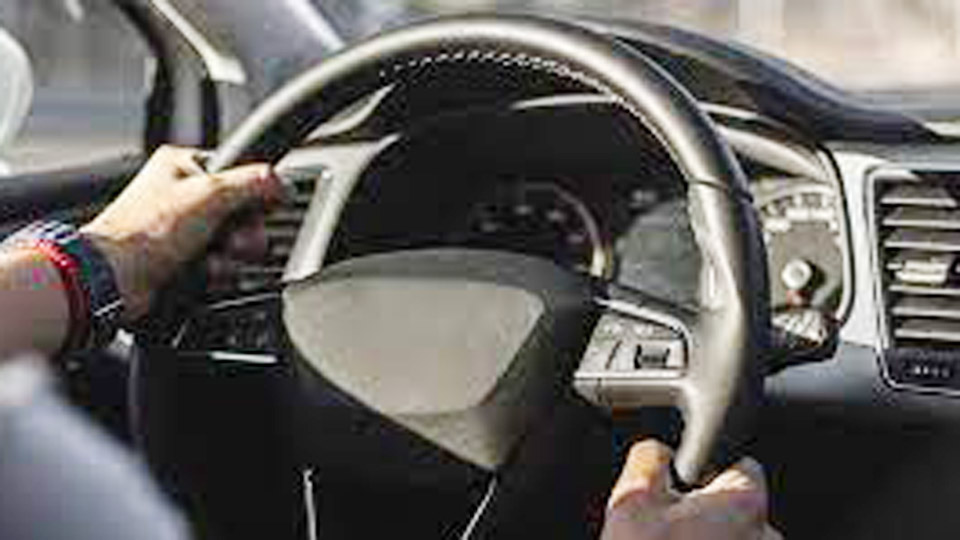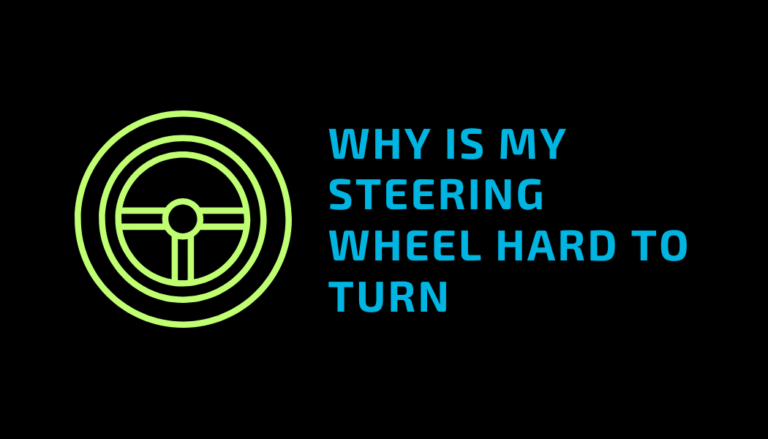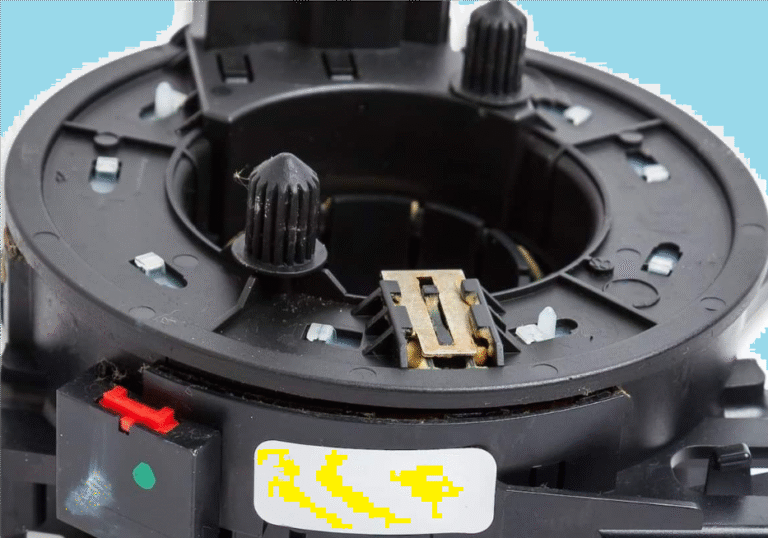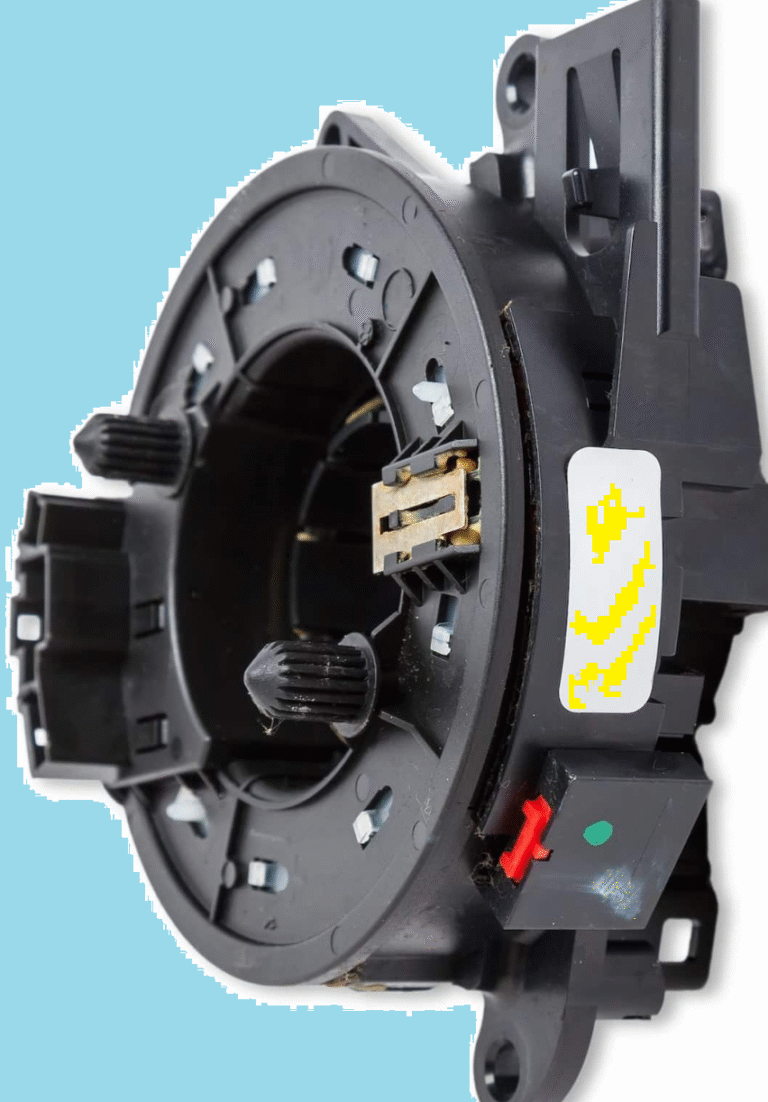Have you ever turned your steering wheel and felt it fight back a little, like it’s not as smooth as it should be? It got me curious about what’s going on inside my car. Friction is the culprit behind that resistance, and it’s a normal part of how your steering system works—but too much friction can signal trouble.
I’ve spent years tinkering with cars, from my old pickup to my current sedan, and I’ve learned a lot about what causes that gritty feeling when you turn the wheel.
I’m going to walk you through the parts of your car’s steering system that create friction when you turn, based on my own experiences. Whether you’re a car enthusiast or just someone trying to keep their ride smooth, let’s dive into what’s happening under the hood and how to keep friction in check.

Image by cartreatments
What Is Friction in the Steering System?
Friction is the force that resists motion when two surfaces rub against each other. In your car’s steering system, lots of parts move together when you turn the wheel, and they create friction as they interact. A little friction is normal—it’s how the system holds everything in place. But too much friction can make steering feel stiff, jerky, or even grindy.
I remember the first time I noticed this in my old truck—it felt like I was wrestling the wheel to make a turn. After digging into it, I found out there are several places where friction shows up in the steering system. Let’s break them down so you can understand what’s going on and spot potential problems.
Steering Rack and Pinion Contact
The steering rack and pinion are at the heart of most modern cars’ steering systems. The pinion is a small gear connected to your steering wheel, and it meshes with the steering rack, a long metal bar that moves the front wheels. When you turn the wheel, the pinion rotates against the rack, and that contact creates friction.
I learned this when I was working on my sedan a few years ago. The steering felt stiff, and I could hear a faint grinding noise. After some research, I found out the rack and pinion weren’t lubricated properly. The gears were rubbing too hard, creating extra friction.
Most steering racks are lubricated with grease to reduce this, but over time, the grease can dry out or get contaminated with dirt. If the seals around the rack are worn, debris can sneak in and make things worse.
Keeping the rack and pinion lubricated is key. If you notice stiff steering or hear noises when turning, it might be time to have a mechanic check the steering rack. They can inspect the grease and seals to make sure everything’s moving smoothly.
Rods and Ball Joints
Tie rods and ball joints connect the steering rack to your car’s wheels, helping translate your steering wheel’s movement into actual turns. These parts pivot and rotate, which naturally creates friction as metal surfaces rub together.
I had a tie rod issue on my old hatchback once—the steering felt loose, and there was a clunking sound when I turned. When I got under the car, I saw the tie rod end was worn, and the lack of proper lubrication was causing extra friction.
These components usually have grease-filled boots to keep friction low, but the grease can dry out or leak if the boots crack. Dirt and water can also get inside, increasing friction and wear. If you hear clunking or feel resistance when turning, check the tie rods and ball joints.
A mechanic can inspect the boots and regrease or replace them if needed. Regular maintenance, like checking these parts during an oil change, can catch problems early.
Power Steering System Components
Most cars today have power steering, which makes turning easier by using hydraulic or electric assistance. In hydraulic systems, the power steering pump pushes fluid through hoses to help move the steering rack. This fluid reduces friction between moving parts, but the pump and hoses themselves create some friction as they work.
I ran into this with my SUV a while back. The steering was getting harder, and I heard a whining noise when I turned the wheel. Turns out, the power steering fluid was low, and the pump was struggling, causing extra friction in the system.
Low or dirty fluid can make the pump work harder, increasing friction and wear. In electric power steering systems, motors and gears assist the steering, and they can also create friction if not properly maintained.
Check your power steering fluid regularly—look for a reservoir under the hood marked “power steering.” If it’s low, top it up with the fluid recommended in your car’s manual. Flushing the fluid every 50,000 miles or so keeps things running smoothly and reduces friction.
Steering Column and Shaft
The steering column is the long shaft that connects your steering wheel to the rack and pinion. Inside, there are bearings and joints, like universal joints or U-joints, that let the column move smoothly. These parts create friction as they rotate.
I noticed this on my old pickup—the steering wheel felt sticky, and I could feel a slight catch when I turned it. After some digging, I found the U-joint in the steering column was dry and needed lubrication.
The grease in these joints can break down, or dirt can get in, increasing friction. In some cases, the bearings in the steering column wear out, making the wheel harder to turn. If you feel a sticking or grinding sensation in the steering wheel, the column might be the issue.
A mechanic can lubricate or replace the joints, but it’s a job best left to pros since it involves critical safety components.
Suspension Components
Your car’s suspension system works closely with the steering system. Parts like control arms, bushings, and struts help keep the wheels stable while you turn. These components have pivot points that create friction as they move.
I had a control arm bushing go bad on my minivan once, and it made the steering feel heavy and uneven. The worn bushing was causing extra friction, throwing off the whole system.
Bushings are usually made of rubber or polyurethane, and they wear out over time, especially if you drive on rough roads. When they do, metal parts rub together, increasing friction and causing vibrations or stiff steering.
Check for worn bushings by looking for uneven tire wear or listening for squeaking noises when you turn. Replacing bushings can cost $100-$500, depending on the car, but it’s worth it for smooth steering.
Wheel Bearings
Wheel bearings let your wheels spin smoothly while supporting the car’s weight. They’re packed with grease to minimize friction, but when they wear out, friction increases, and you might feel it in the steering wheel.
I had a bad wheel bearing on my coupe a few years ago—it caused a humming noise and a slight shake when I turned. The extra friction was making the wheel harder to control.
Worn wheel bearings often make a grinding or humming noise that gets louder with speed. If you feel shaking or hear noises when turning, have a mechanic check the bearings. Replacing them costs $150-$400 per wheel, but it’s critical for safe steering and handling. Regular inspections during tire rotations can catch bearing issues early.
Tires and Road Contact
Your tires are where the rubber meets the road—literally—and they create friction as they grip the pavement. This friction is necessary for steering, but problems with your tires can increase it in a bad way.
Low tire pressure, uneven wear, or misaligned wheels can make steering feel harder and create vibrations. I learned this when I drove my car with low tire pressure for too long. The steering wheel felt heavy, and the car pulled to one side.
Check your tire pressure monthly using a gauge and inflate to the level listed on your car’s door sticker. Uneven tire wear or misalignment can also increase friction, making steering tougher. Rotate your tires every 6,000-8,000 miles and get an alignment yearly to keep friction at the right level.
Comparing Sources of Friction in the Steering System
Here’s a table to help you understand where friction comes from and how it affects your steering:
| Component | How It Creates Friction | Symptoms of Excess Friction | Fix |
|---|---|---|---|
| Steering Rack and Pinion | Gear teeth rubbing together | Stiff steering, grinding noise | Lubricate or replace rack |
| Tie Rods and Ball Joints | Pivoting metal parts | Clunking, loose steering | Regrease or replace joints |
| Power Steering System | Fluid flow, pump/hose movement | Whining, stiff steering | Top up or flush fluid, check pump |
| Steering Column and Shaft | Bearings and U-joints rotating | Sticky steering, catching | Lubricate or replace joints |
| Suspension Components | Bushings and control arms pivoting | Squeaking, uneven steering | Replace bushings or components |
| Wheel Bearings | Bearings spinning under load | Humming, shaking | Replace bearings |
| Tires and Road Contact | Tire grip on pavement | Heavy steering, pulling | Check pressure, align, rotate tires |
How to Diagnose Friction Issues
Pinpointing where friction is coming from in your steering system can feel like detective work, but it’s doable. Here’s how I approach it when I notice steering problems:
- Feel the steering wheel. Is it stiff, sticky, or vibrating? This can point to the rack, column, or tires.
- Listen for noises. Grinding, whining, or clunking can indicate issues with the rack, pump, or joints.
- Check the power steering fluid. Look under the hood for the reservoir. Low or dirty fluid can increase friction.
- Inspect tires. Check pressure and look for uneven wear. Misalignment or low pressure can add friction.
- Test at different speeds and turns. Note when the resistance is worst—it might point to bearings or suspension.
- Look for leaks. Power steering fluid leaks or damaged boots on tie rods can let dirt in, increasing friction.
If you’re not sure what’s causing the issue, a mechanic can lift the car and inspect the steering and suspension components. They have tools to check for wear and test fluid pressure.
When to See a Professional
Some fixes, like topping up power steering fluid or checking tire pressure, are easy enough for most people. But issues with the steering rack, wheel bearings, or suspension parts need a pro. I tried replacing a tie rod end myself once, and it was a hassle without the right tools.
A mechanic can diagnose complex problems and make sure repairs are done safely. If you hear strange noises, feel strong resistance, or notice leaks, don’t wait—get it checked. Steering issues can affect your control of the car, so safety comes first.
Advice for Reducing Steering Friction
To keep your steering smooth and friction under control, here’s what I’ve found works:
Check power steering fluid regularly. Look at it every few months. Top it up if it’s low, and flush it every 50,000 miles.
Keep tires in check. Check pressure monthly and rotate tires every 6,000-8,000 miles. Get an alignment yearly.
Listen to your car. Noises like grinding, clunking, or whining are early warnings. Don’t ignore them.
Drive carefully. Avoid potholes and rough roads when possible—they wear out steering and suspension parts faster.
Schedule regular maintenance. Have a mechanic inspect your steering and suspension during oil changes or tire rotations.
By staying on top of these things, you can minimize friction and keep your steering system in top shape.
Conclusion
When you turn your steering wheel, a little friction is normal—it’s how your car’s parts work together to get you where you’re going. But too much friction can make driving feel like a workout, and I’ve been there, struggling with a stiff wheel on a busy road.
From the steering rack to the tires, every part plays a role, and understanding where friction comes from can help you spot problems early. Whether it’s topping up fluid, checking tire pressure, or getting a pro to inspect your suspension, taking action keeps your car safe and your drives enjoyable.
There’s nothing like the feeling of a smooth, responsive steering wheel as you cruise down the road. With a bit of care and attention, you can keep friction in check and enjoy every turn, whether you’re navigating city streets or hitting the open highway.
FAQs
Why does my steering wheel feel stiff when I turn it?
Stiff steering can come from too much friction in the steering rack, low power steering fluid, or worn tie rods. Check the fluid first and look for leaks. If it’s still stiff, have a mechanic inspect the rack and joints.
Can low tire pressure increase steering friction?
Yes, low tire pressure makes tires harder to turn, increasing friction. Check your tire pressure with a gauge and inflate to the level in your car’s manual.
What noises mean there’s too much friction in my steering?
Grinding, clunking, or whining noises can point to friction in the steering rack, tie rods, or power steering pump. Listen carefully and get it checked by a mechanic.
How often should I check my power steering fluid?
I check mine every few months or during oil changes. If it’s low, top it up with the right fluid, and watch for leaks.
Can worn wheel bearings affect steering?
Yes, bad wheel bearings increase friction and can cause shaking or humming. If you hear a noise that gets louder with speed, have a mechanic check the bearings.
Is it safe to drive with a sticky steering wheel?
Mild stickiness might be okay for a short drive to a mechanic, but strong resistance or noises mean you should stop driving and get it fixed right away.
How do I know if my steering rack needs lubrication?
If steering feels stiff or you hear grinding when turning, the rack might need grease. A mechanic can check the seals and lubricate or replace the rack if needed.




